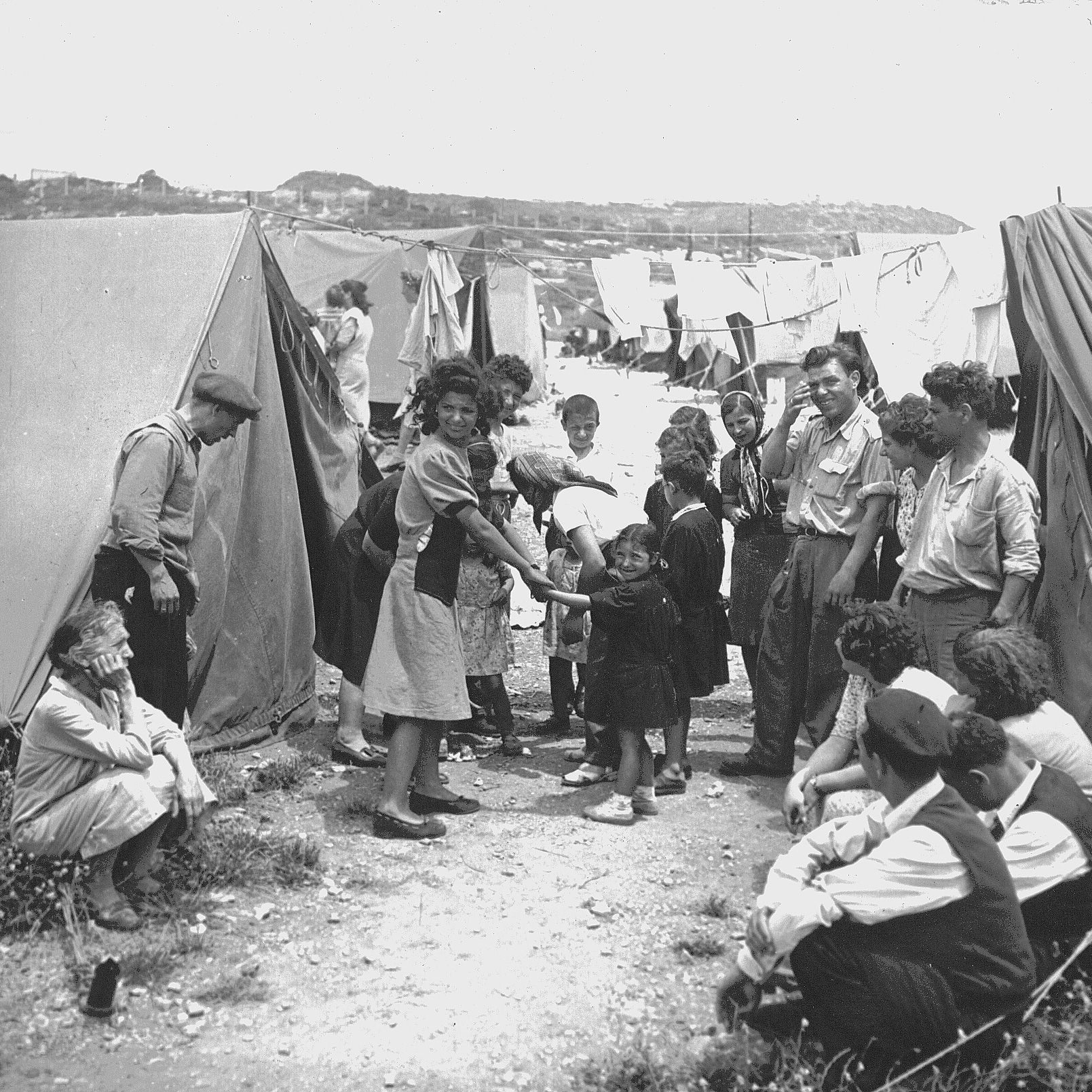
News

Cosatu’s Refugee Day faux pas brings Jewish history to light
JORDAN MOSHE
Cosatu remained silent on being outed for its faux pas, continuing to tweet as if nothing had happened.
In its online post on 20 June, Cosatu wrote: “Today, we commemorate #WorldRefugeeDay. Palestinians are the largest and longest-suffering group of refugees in the world says @BDSsouthafrica @UN @RTUKnews.” It included the picture of the Jews beneath the message to show the “long-suffering” Palestinians.
The photo Cosatu used was taken in 1950 at a Ma’abarot transit camp, in which makeshift accommodation was provided for about 220 000 Jewish refugees who were thrown out of Arab states where they had been born, and which they considered home.
This photograph draws attention to a real historic issue. With the creation of the State of Israel and in the years which followed, thousands of Jews who had lived peacefully in Arab nations for centuries were expelled from their home countries.
Even in later years, having failed in 1948 to destroy the new state, Arab rulers took revenge on the Jews who lived in the nations they controlled. Faced with government-sanctioned persecution, mob violence, and seizure of their property, these Jews fled. Most settled in Israel.
Jews who fled Arab states were forced to abandon their countries for fear of their life. No matter how difficult their circumstances, they have never taken any action against the countries in which they lived, and which eventually cast them out. These Jewish refugees remain almost entirely unacknowledged, and have never been compensated for their suffering or stolen property.
About 900 000 Jews fled Arab countries. Their property, confiscated or stolen outright by the Arab states is estimated today to be worth billions of dollars in value. These include assets such as buildings that housed Jewish institutions, shuls, factories, and personal property.
The former Israeli Ambassador to South Africa, Arthur Lenk, retweeted a response by a pro-Israel group: “Thank you @_Cosatu for sharing a picture of Jewish refugees being absorbed in Israel as they fled from Arab countries in the 1950s. You see, back then we had the same problem as the Arabs. The only difference is we solved it really fast.”
One user wrote: “Nice job. You actually managed to invalidate your own point by using a picture of Jews, the actual longest suffering group of refugees.”
Another tweeted: “Funny how not only are you complicit in stealing our land, but you steal our history too.”
Another wrote: “Thank you Cosatu for bringing to the world attention the plight of Jewish refugees exiled from their homes in the 40s and 50s. Truly doing good work!!”
Another maintained: “… We appreciate you highlighting the fact that many Jews also had to flee their home.”
On the flip side of history, the Palestinian refugees left their homes In Israel in 1948 voluntarily, according to Edy Cohen, the Chairman of Kedem Forum for Middle East Studies. He said they were convinced they could return after invading Arab armies had eliminated the Jews.
He writes: “As early as February 1949, the Jordanian newspaper Palestine wrote: ‘The Arab states encouraged the Arabs of Palestine to leave their homes temporarily so they would not interfere with the Arab invasion forces’.” This Arab exodus was initially encouraged by many Arab leaders such as Haj Amin el Husseini, the exiled pro-Nazi Mufti of Jerusalem, and by the Arab Higher Committee for Palestine.
“The Palestinians, unlike the Jews, had launched a war against their Jewish neighbours and made no bones about their desire to destroy even the pre-state Jewish community in the region,” he writes. “Arab League General Secretary Azzam Facha promised the Arab peoples that the conquest of Palestine would be a cakewalk. All the millions spent by the Jews on land and economic development would be easy plunder, he stated, because it would be a simple matter to throw the Jews into the Mediterranean. The Jews of the Arab nations had no such intentions against their own countries, nor were they remotely capable of carrying them out if they had.”
Yet, none of this history seems to matter to Cosatu or the BDS. “The tweet typifies Cosatu’s wilful ignorance when it comes to distinguishing between fact and ideologically motivated fantasy regarding the Middle East conflict,” says Shaun Zagnoev, the Chairman of the South African Jewish Board of Deputies. “As the tweet shows, it goes so far as to use Jewish victims of Arab persecution as a propaganda weapon against the Jewish state.”
The Chairman of the South African Zionist Federation, Ben Swartz, agrees. “Cosatu openly supports the racist BDS. This tweet illustrates its blatant ignorance, or follows its usual path of blatant lying,” he says.
According to Cosatu spokesperson Sizwe Pamla, the photo and information were both provided by the BDS. Asked for comment, Pamla said that all questions should be directed to BDS. The SA Jewish Report made a concerted effort to get comment from BDS South Africa, but did not get a response.




